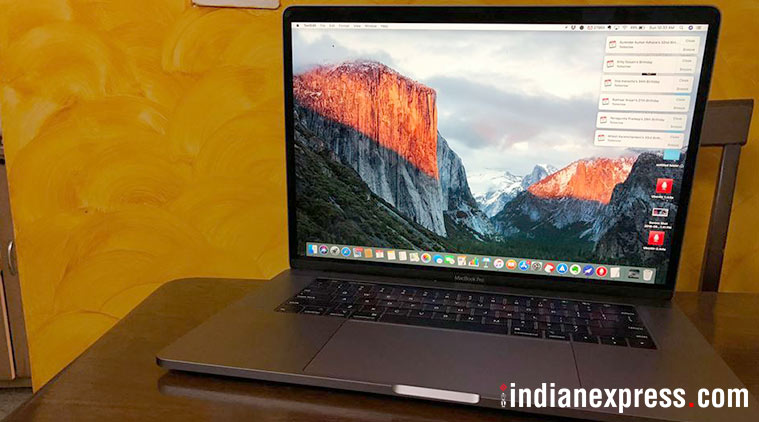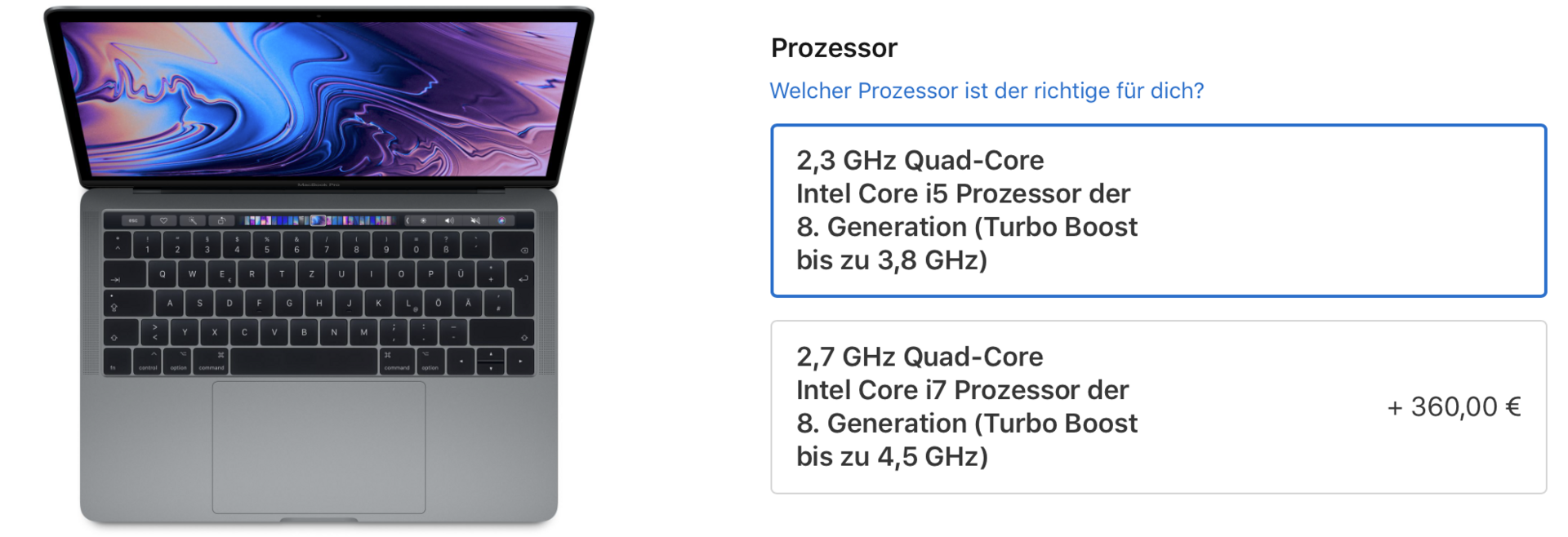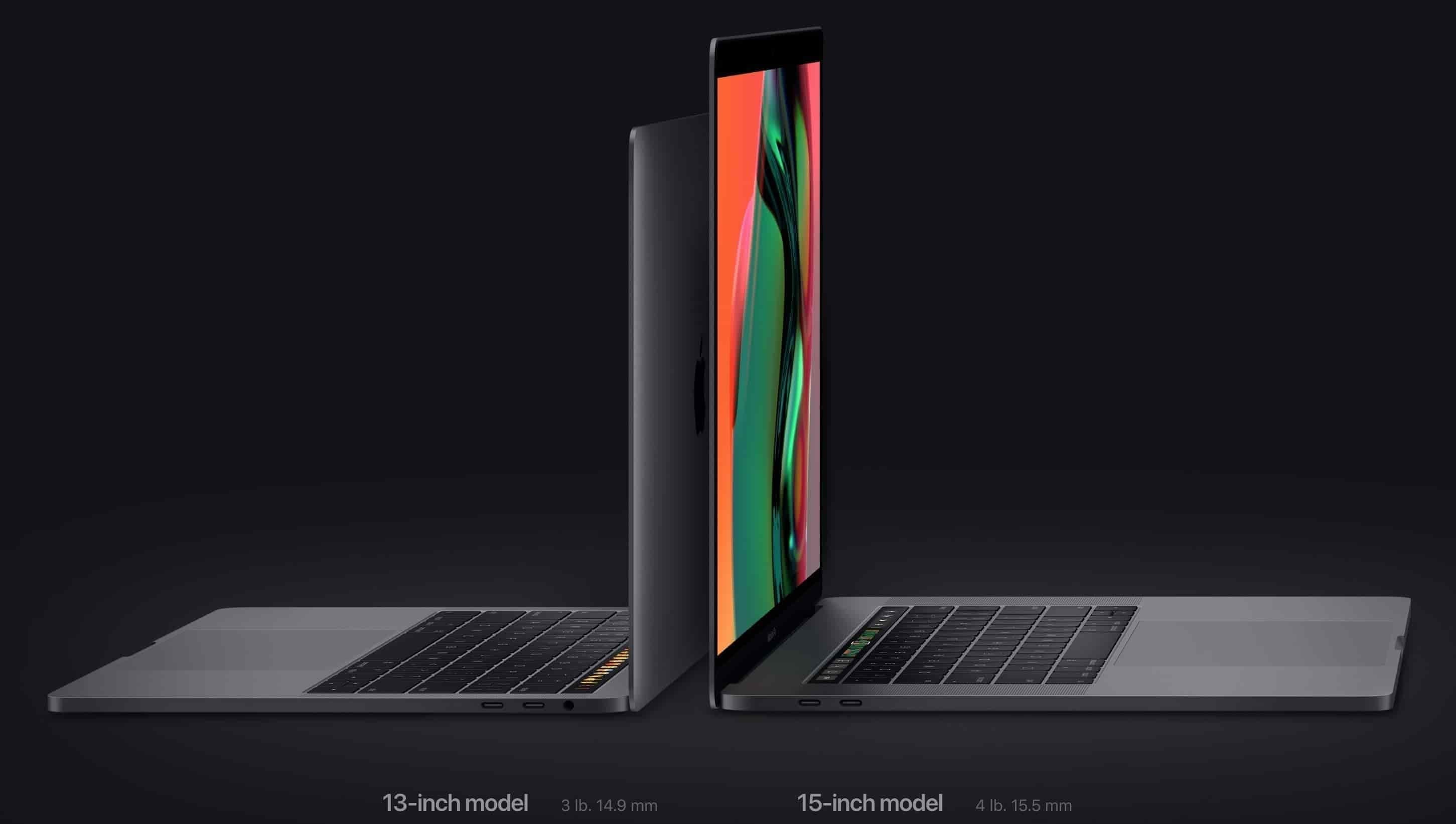

When I played 311's Beautiful Disaster with my wife in another room, she didn't believe me that the audio was coming from a laptop. The HP Envy x360 15 with OLED was also very bright at 483 nits, while the Razer Blade Pro 17 averaged only 267 nits. The OLED panel on the Dell XPS 15 reached a much higher 626 nits, and the non-OLED 4K model hit 418 nits, which is just below the MacBook Pro. In terms of brightness, the 16-inch MacBook Pro's display registered 429 nits, which is very bright but below Apple's 500-nit rating. The panel on the 16-inch MacBook Pro (2019) is one of the most accurate around, as it turned in a Delta-E score of 0.27. The OLED version of the HP Envy x360 reached 258%. However, the OLED and non-OLED version of the XPS 15 scored 239% and 210%, respectively. This is important for editors who want the refresh rate to match the frame rate of their content.īased on our lab testing, the 16-inch MacBook Pro's screen can reproduce 113.9% of the sRGB color gamut, which is good.

True pros will appreciate the ability to change the refresh rate on the display.

Our review model is quite steep at $3,899, as it offers 32GB of RAM, a 2TB SSD and the Radeon 5500M GPU with 8GB of RAM. The $2,799 upgrades you to a faster Core i9 CPU, faster Radeon Pro 5500M graphics and 1TB SSD. This model replaces the 15-inch MacBook Pro, which started at the same price. The 16-inch MacBook Pro starts at $2,399 for the standard model with a Core i7 CPU, AMD Radeon 5300M GPU and 512GB SSD.


 0 kommentar(er)
0 kommentar(er)
